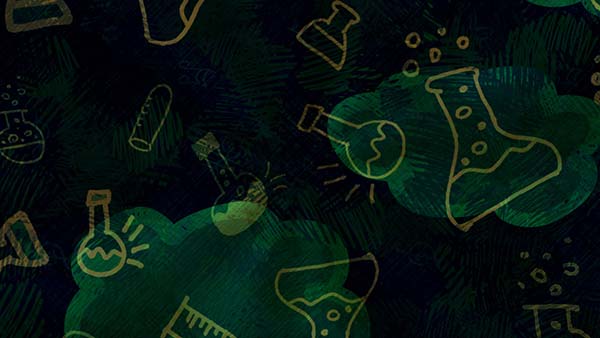by Dot Cannon
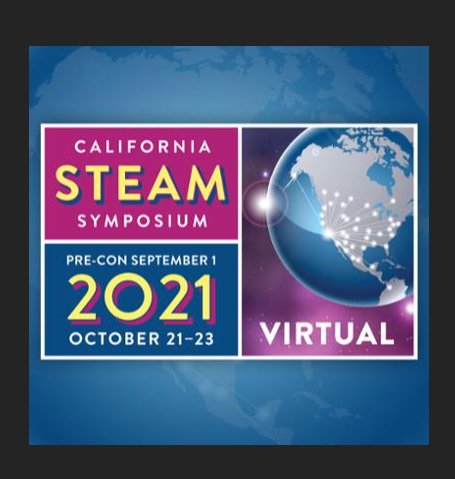
What could a ham sandwich possibly have in common with a spacecraft going to Mars?
Quite a lot, as Dr. Moogega Cooper explained in her opening keynote, as the ninth annual California STEAM Symposium began on Thursday.
Every year, the California STEAM Symposium, co-hosted by nonprofit Californians Dedicated to Education Foundation, offers insights that can be both surprising and thought-provoking.
The California STEAM Symposium brings together educators, not just from all over California, but often from other states, or even other countries. During the three days, attendees get introduced to engaging ideas which frequently involve the “fun” element in their implementation. The goal: to get everyone thinking differently, and creatively, about teaching science, technology, engineering, art and math, a/k/a S.T.E.A.M.
The 2021 edition of the California STEAM Symposium is all-virtual, due to the pandemic. Sessions will continue, Friday and Saturday, with breakout presentations and keynote speeches, as well as virtual maker activities. (However, in opening remarks on Thursday,
After welcoming sessions and warmup mini-presentations that included “Data Science for Social Good”, “Creating a Middle School Makerspace”, and even “Chinese Yoga”, JPL Planetary Protection Engineer Dr. Moogega Cooper took the virtual stage.

An innovator’s inspiration
“In school, I actually wasn’t a very good student at all,” Dr. Cooper began.
“In fact, my grades in math and science were quite low. ”
Dr. Cooper explored the ways in which science, technology, engineering, art and math had factored into her professional journey.
She started her story with the question, “Why?”
That question, she explained, was the reason for her less-than-spectacular grades
“.I really didn’t understand why (I needed to learn these subjects).”
But then, she continued, she saw Carl Sagan’s series Cosmos.
“And that completely turned on my light bulb,” she said. “And I thought, wow, this is what I want to do when I grow up. I want to be an astrophysicist, just like Carl Sagan. And at that moment, my grades completely turned around.
“Because now I knew why I should care.”
A “no” plus determination
Inspired, she then applied to Hampton University at the age of fifteen. But she received a rejection.
Her response foreshadowed the problem-solving engineer she would become.
“…It’s not that I heard the word ‘no’. It’s really about what you do with that ‘no,’ that makes you successful,” Dr. Cooper continued.
“I took that ‘no’ and I took the ‘why’ behind (it)…and I thought, ‘OK,, these are…specific things that I could fix,” she said.
Accordingly, she spent the next year improving her grades, taking additional classes and taking sample exams, with the goal of raising her SAT scores.
Applying to Hampton again at the age of sixteen, this time she was accepted.
Finding her passion
But even before she started college, her pathway had begun.
“I was able to get…my first job, doing data analysis,” Dr. Cooper said.
At the time, she didn’t know how to program–or to research.
“If it wasn’t for (that professor) saying,, ‘yes, you can work in my lab,’ I wouldn’t be where I am today, ” she commented.
Research would be her focus, during her college career. Summers gave her the opportunity to perform experiments, as she worked as an intern at NASA Langley Research Center.
Ultimately, a fellowship from NASA would both enable her to pursue her Ph.D, and lead to her current career.
“At that time, I was able to sterilize a bunch of microbes, using plasma,” Dr. Cooper said. “And I sterilized different spacecraft materials.
“And it was a lot of fun and (that experience led) to my current job, as a planetary protection engineer.”
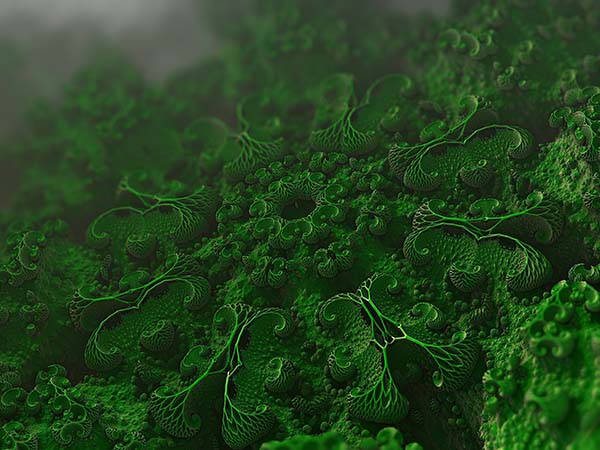
Microbes and the planet
But, Dr. Cooper continued,, why should the audience care about what she does?
“Microbes are the oldest form of life on our planet,” she explained. “These tiny little organisms…set the stage, here on earth, for life.”
And microbes, she added, could survive and thrive in extreme environments. They could also have a huge impact on their surroundings.
Dr. Cooper used the example of something all-too-relatable to her audience: food poisoning.
“The reason why you have food poisoning…when you have a sandwich, for example, that…wasn’t refrigerated, and these bacteria…multiply… at such a high quantity, that when you ingest it, there’s enough of them to disrupt the environment that is already in your body.
“When you introduce something new that your body is not used to, things change. Things happen.”
Planetary protection, Dr. Cooper said, was an expansion of this model.
And that discipline, she explained, has “two parts”.
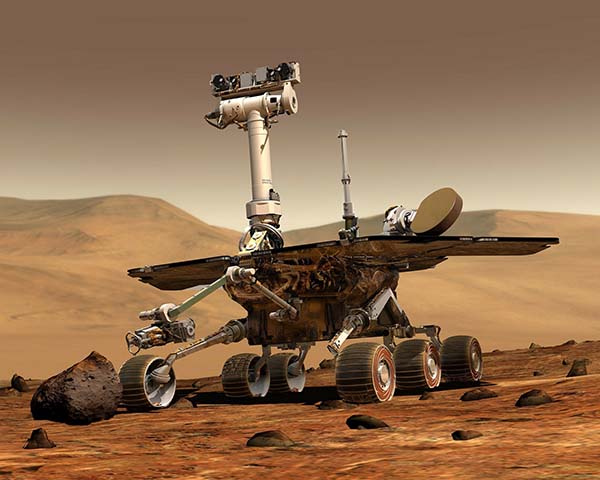
Now, about that sandwich…
“When we are sending a spacecraft to Mars, you have to make sure that it’s not a spoiled ham sandwich,” Dr. Cooper said.
“We don’t want to send something with a bunch of microbes that could be introduced to a planet where, especially if you’re looking for life, it might affect our ability to do that great science.
“You can imagine, if we say, ‘We found life on Mars,’ and then we turn around and we say, ‘Oh no, that’s something that hitched a ride.’ That’s not good, right?
The other side of the equation? Bringing back samples from Mars.
“We have to be sure it’s done in a way that keeps our biosphere safe,” explained Dr. Cooper.
Earth and Mars
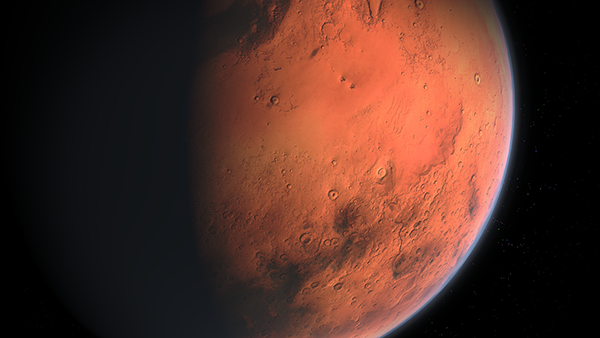
After sharing NASA’s Mars 2020 rover resource with her listeners, Dr. Cooper explored the likely route a Mars mission might take.
“If you wanted to look for life here on Earth, …and guarantee that you’d find something, the place that I’d tell you to (look) is the nearest river or lake. And just take a scoop out of the bottom of that lake, and put it under a microscope.
“…And so, similarly, if we wanted to set ourselves up for success for finding life on Mars, the place that you would go would probably be somewhere that used to have a lot of water.”
Displaying a map of Mars with NASA’s previous landing sites, Dr. Cooper indicated areas that had had an abundance of water, three to four million years ago.
“If life does exist on Mars, that would be a great place to find it,” she said. “And that is why this area is the landing site for the Perseverance rover.”
So far, Dr. Cooper said, the Perseverance rover had successfully collected three samples.
And prior to that collection, sterilization was crucial.
“Before this whole rover left our planet, we had to take over sixteen thousand samples,” Dr. Cooper explained. “To make sure that these tubes, the rover, every single component, was clean enough to hold these precious samples.”

Gratitude and Inspiration
Dr. Cooper said the mission’s success depended on a diverse team working together.
“It’s pretty amazing, how, culturally we all come together and share with each other, not only who we are personally but how we solve our problems. And sometimes that’s influenced by your culture. And that makes us stronger.”
Despite the pandemic and growing opposition, she continued, the diverse NASA team behind Mars 2020 had come together to achieve the successful launch and Mars exploration.
“…As much as we knew that this would be a glimmer of hope for people going through (the pandemic), one thing we wanted to highlight was the importance of the first responders,” Dr. Cooper said.
“So if you notice, …even on pictures on Mars. On the back side of the rover, this plaque here is commemorating all of the first responders who worked so hard to make sure the whole world was healthy during those times.
“So as much as we do outside our world, we still want to honor those people on this planet that are doing amazing things too.
“…And even against all odds, we launched, and we launched on time–actually a few milliseconds early–and we’re able to do a lot of great science so far.”


